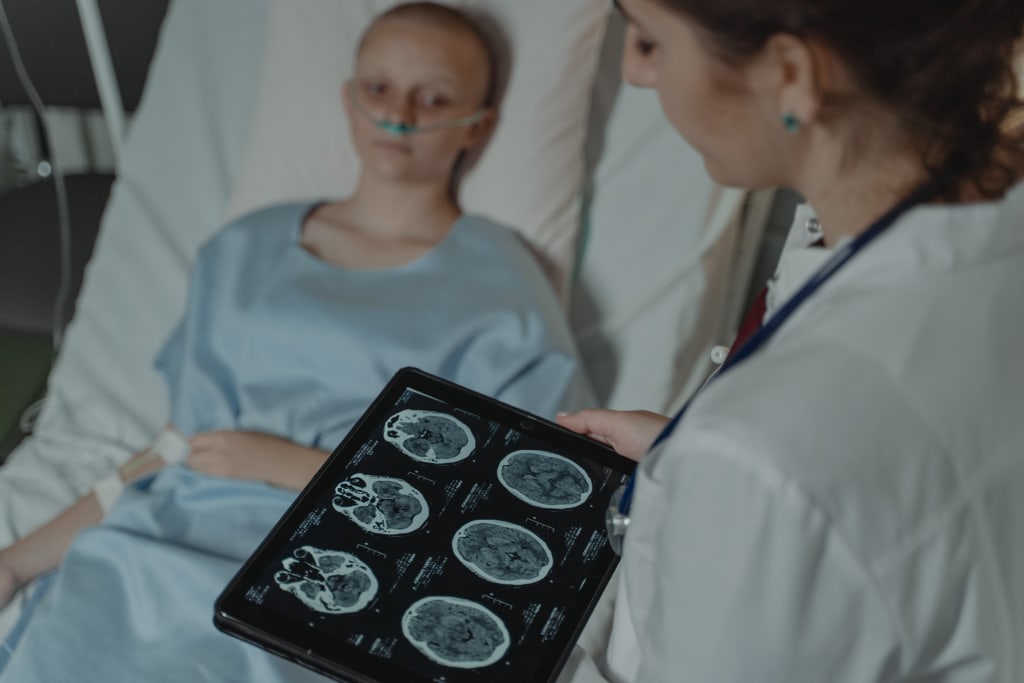Parkinson's Disease
Understanding its Causes and Pursuing a Cure

Parkinson's disease is a neurological disorder that affects millions of people worldwide. Named after James Parkinson, the English physician who first described its symptoms in 1817, it is a chronic and progressive condition that primarily impairs motor functions. However, it can also lead to various non-motor symptoms that significantly impact an individual's quality of life. This article aims to delve into the causes of Parkinson's disease and explore current advancements in its treatment and potential for a cure.
Understanding Parkinson's Disease
Parkinson's disease is characterized by the loss of dopamine-producing cells in a region of the brain known as the substantia nigra. Dopamine is a neurotransmitter responsible for transmitting signals between nerve cells, particularly those involved in coordinating movement. When the dopamine levels decrease, communication within the brain becomes disrupted, leading to the classic motor symptoms associated with Parkinson's disease.
Causes of Parkinson's Disease
While the exact cause of Parkinson's disease remains unknown, researchers have identified several factors that may contribute to its development:
Genetic Factors: In some cases, Parkinson's disease can be inherited through genetic mutations. Certain gene variations, such as mutations in the LRRK2 and PARKIN genes, have been associated with an increased risk of developing the condition. However, these genetic factors account for a relatively small percentage of overall cases.
Environmental Factors: Exposure to certain environmental toxins and chemicals has been linked to an increased risk of Parkinson's disease. Pesticides, herbicides, and industrial chemicals like solvents have been identified as potential triggers. Additionally, studies have suggested a correlation between rural living, well water consumption, and increased risk of the disease.
Age: Parkinson's disease primarily affects individuals over the age of 60. The risk of developing the condition increases with advancing age, although early-onset Parkinson's can occur in individuals as young as their 30s or 40s.
Oxidative Stress and Inflammation: Growing evidence suggests that oxidative stress, an imbalance between the production of free radicals and the body's ability to neutralize them, may play a role in the development of Parkinson's disease. Chronic inflammation is also believed to contribute to the progression of the disease.
Treatment and Management
While there is currently no known cure for Parkinson's disease, various treatment approaches aim to manage symptoms, improve quality of life, and slow down the progression of the disease:
Medications: The most commonly prescribed medications for Parkinson's disease are levodopa and dopamine agonists. Levodopa is converted into dopamine in the brain and helps alleviate motor symptoms. Dopamine agonists mimic the effects of dopamine. Other medications target specific symptoms, such as tremors or stiffness.
Deep Brain Stimulation (DBS): In cases where medications are no longer effective in controlling symptoms, DBS may be considered. This surgical procedure involves implanting electrodes in specific regions of the brain that regulate movement. The electrodes deliver electrical impulses, which help reduce motor symptoms.
Physical Therapy and Exercise: Regular physical therapy sessions and tailored exercise programs can improve muscle strength, flexibility, and balance. These interventions also help alleviate stiffness and improve overall mobility.
Occupational and Speech Therapy: Occupational therapy assists in developing strategies to manage daily activities and enhance independence. Speech therapy can address speech and swallowing difficulties that may arise due to Parkinson's disease.
Lifestyle Modifications: Adopting a healthy lifestyle can contribute to the overall well-being of individuals with Parkinson's disease. This includes a balanced diet, regular exercise, stress management, and quality sleep. Engaging in activities that stimulate the brain, such as puzzles or learning new skills, may also be beneficial.
The Search for a Cure
In recent years, significant progress has been made in research efforts aimed at finding a cure for Parkinson's disease. Scientists and medical professionals are exploring various avenues, including:
Stem Cell Therapy: Stem cell research holds promise for regenerating damaged neurons and restoring dopamine production in the brain. Researchers are investigating the potential of using different types of stem cells, such as induced pluripotent stem cells (iPSCs) and embryonic stem cells (ESCs), to replace lost dopamine-producing cells.
Gene Therapy: Gene therapy involves introducing healthy genes into specific cells to correct genetic mutations or enhance their function. Scientists are exploring the use of gene therapy to target the faulty genes associated with Parkinson's disease, with the goal of restoring normal dopamine production.
Neuroprotective Strategies: Neuroprotective therapies aim to slow down or halt the progression of Parkinson's disease by protecting and preserving the remaining dopamine-producing cells. Various drugs and compounds are being investigated for their potential to reduce oxidative stress, inflammation, and other damaging processes in the brain.
Deep Brain Stimulation Advancements: Researchers are working on refining deep brain stimulation techniques to improve its effectiveness and reduce potential side effects. This includes developing novel electrode designs, optimizing stimulation parameters, and exploring alternative targets within the brain.
Drug Development: Pharmaceutical companies are actively engaged in developing new medications that target specific mechanisms involved in Parkinson's disease. These drugs aim to address not only the motor symptoms but also the non-motor symptoms associated with the condition.
Conclusion
Parkinson's disease remains a complex and challenging condition, affecting individuals worldwide. While there is no cure at present, significant progress has been made in understanding the causes and developing treatments to manage its symptoms. Ongoing research is focused on finding a cure, with promising advancements in stem cell therapy, gene therapy, neuroprotective strategies, deep brain stimulation, and drug development.
In the meantime, early diagnosis, appropriate medical management, and a comprehensive approach involving physical therapy, occupational therapy, and lifestyle modifications can greatly improve the quality of life for individuals living with Parkinson's disease. With continued research and advancements, there is hope for a future where a cure for Parkinson's disease becomes a reality, offering a brighter outlook for those affected by this debilitating condition.
About the Creator
Reader insights
Outstanding
Excellent work. Looking forward to reading more!
Top insights
Compelling and original writing
Creative use of language & vocab
Masterful proofreading
Zero grammar & spelling mistakes
On-point and relevant
Writing reflected the title & theme






Comments (1)
Helpful and easy to understand 🌹